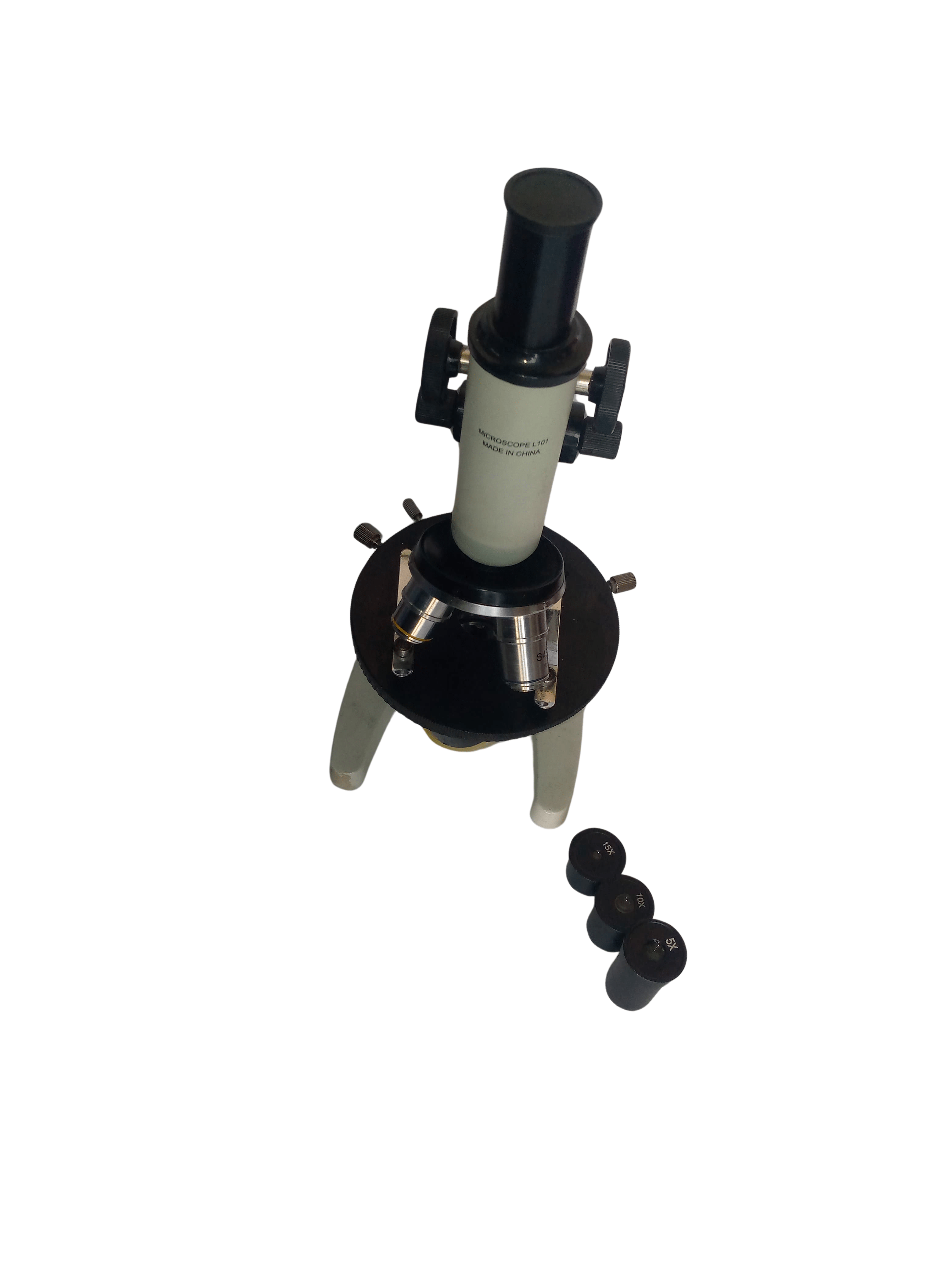Here’s a well-structured 1500-word post description for “Compound Microscope” covering informational, commercial, transactional, and navigational aspects, along with trending hashtags.
Compound Microscope:
A Complete Guide for Buyers & Researchers
Introduction
A compound microscope is an essential tool in laboratories, educational institutions, and research facilities. It allows users to observe microscopic specimens with high precision using multiple lenses. Whether you are a student, researcher, lab technician, or hobbyist, investing in the right microscope can greatly enhance your scientific studies.
This guide will help you understand what a compound microscope is, its uses, key features, types, and how to choose the best one for your needs.
What is a Compound Microscope?
A compound microscope is a type of optical microscope that uses multiple lenses to magnify small objects. It consists of an eyepiece lens and one or more objective lenses, allowing for higher magnification than a simple microscope.
How It Works
The light source illuminates the specimen placed on the stage. The objective lens magnifies the image, which is then further enlarged by the eyepiece lens. This setup provides a detailed and high-resolution view of biological or chemical samples.
Types of Compound Microscopes
- Biological Compound Microscope – Used in biology, medicine, and research labs.
- Metallurgical Compound Microscope – Designed for industrial and material sciences.
- Polarizing Compound Microscope – Ideal for studying minerals and crystals.
- Fluorescence Microscope – Used in advanced biological and chemical research.
- Phase Contrast Microscope – Perfect for observing living cells and microorganisms.
Each type has specific features and applications, making it crucial to choose the right model based on your field of study or industry requirements.
Key Features to Look for in a Compound Microscope
1️⃣ Optical Quality & Magnification
- Magnification levels: 40x, 100x, 400x, 1000x (or higher).
- Achromatic, Semi-Plan, and Plan objectives for sharp and accurate imaging.
2️⃣ Illumination System
- LED vs. Halogen lighting: LED offers energy efficiency and longer lifespan.
- Adjustable brightness controls for different specimens.
3️⃣ Stage & Focus Mechanism
- Mechanical stage with fine & coarse focus for precision.
- Slide holders for stable viewing.
4️⃣ Build Quality & Portability
- Metal body ensures durability.
- Portable designs available for field research and educational use.
5️⃣ Camera Compatibility
- USB or digital camera ports allow for capturing images and videos.
- Wi-Fi-enabled models available for remote viewing and sharing.
Uses of Compound Microscopes
Education & Schools: Essential for teaching biology and chemistry.
Medical & Research Labs: Used in pathology, microbiology, and forensic sciences.
Industrial Applications: Inspection of materials, electronics, and quality control.
Pharmaceutical & Biotechnology: Drug development and cell analysis.
Agriculture & Food Science: Studying plant cells, soil microbes, and food contaminants.
How to Choose the Best Compound Microscope?
1. Define Your Purpose
Are you using it for education, research, industrial work, or medical diagnostics? Choose a model accordingly.
2. Select the Right Magnification
For school use, 400x magnification is usually enough, but for professional research, 1000x or more is recommended.
3. Digital vs. Traditional Microscope
- Digital microscopes allow image capturing and sharing.
- Traditional microscopes are better for hands-on laboratory work.
Best Brands & Models of Compound Microscopes
Top-Rated Brands:
Olympus – Known for superior optics and research-grade microscopes.
Nikon – Offers high-end models for medical and biological research.
Leica – Preferred for professional and educational purposes.
AmScope – Budget-friendly microscopes for students and educators.
Zeiss – High-precision German-engineered microscopes.
Popular Models:
Model L101 – Best for students and hobbyists.
Microscope 107 BN– Ideal for advanced research.
Leica DM500 – Great for university labs.
Olympus CX23 – Excellent clarity and precision.
Where to Buy a Compound Microscope?
Online Marketplaces:
🛒Daraz – Wide range of models, customer reviews, and discounts.
Direct from Manufacturers:
🔹 Visit Hafiz Scientific corp. like Nikon, Olympus, or Leica for warranty and support.
🔹 Check local scientific suppliers for personalized recommendations.
Why Invest in a High-Quality Compound Microscope?
Enhances research accuracy – Crucial for biological and medical studies.
Increases efficiency – Fast and precise sample analysis.
Long-term investment – Durable models last for years with proper care.
Maintenance Tips for Your Compound Microscope
Keep lenses clean – Use lens paper and avoid touching the optics.
Store in a dust-free environment – Use a microscope cover when not in use.
Handle with care – Avoid sudden movements and secure all parts.
Regular servicing – Schedule professional cleaning and calibration.
Proper maintenance ensures long-lasting performance and accurate results in your studies or work.
Final Thoughts
A compound microscope is an indispensable tool for scientific exploration and research. Whether you are an educator, student, or professional, investing in a high-quality microscope can elevate your scientific experience. Choose wisely based on your field of study, budget, and usage needs to get the best value for your investment.
📢 Looking for the best deals on compound microscopes? Explore top-rated brands and models today!


